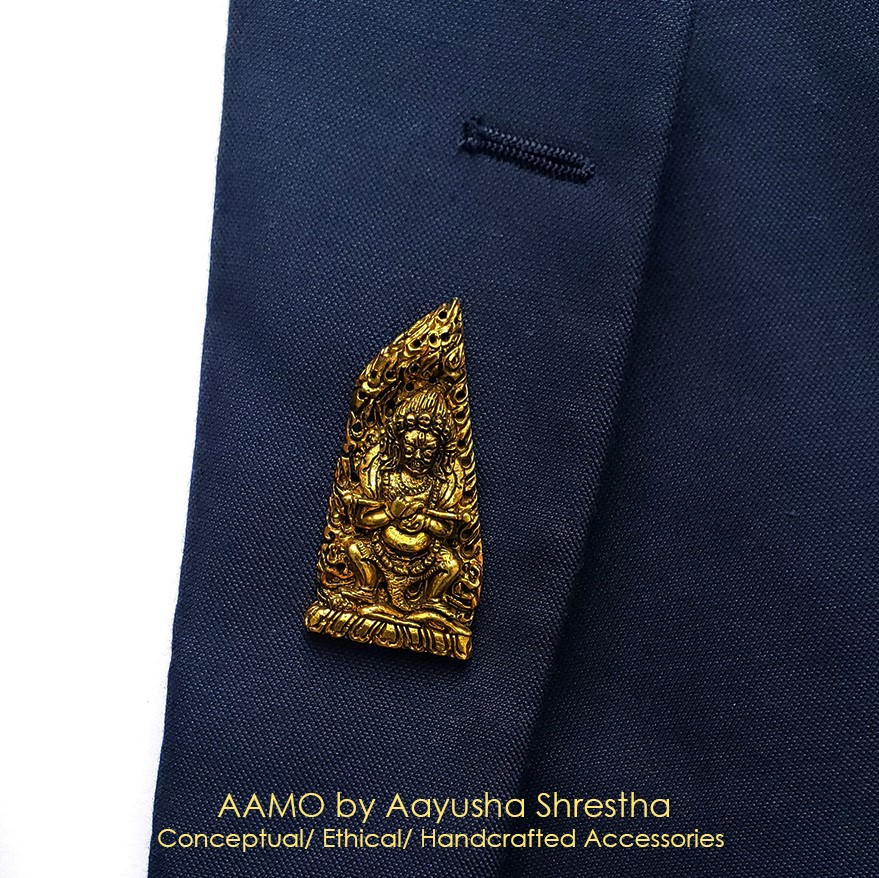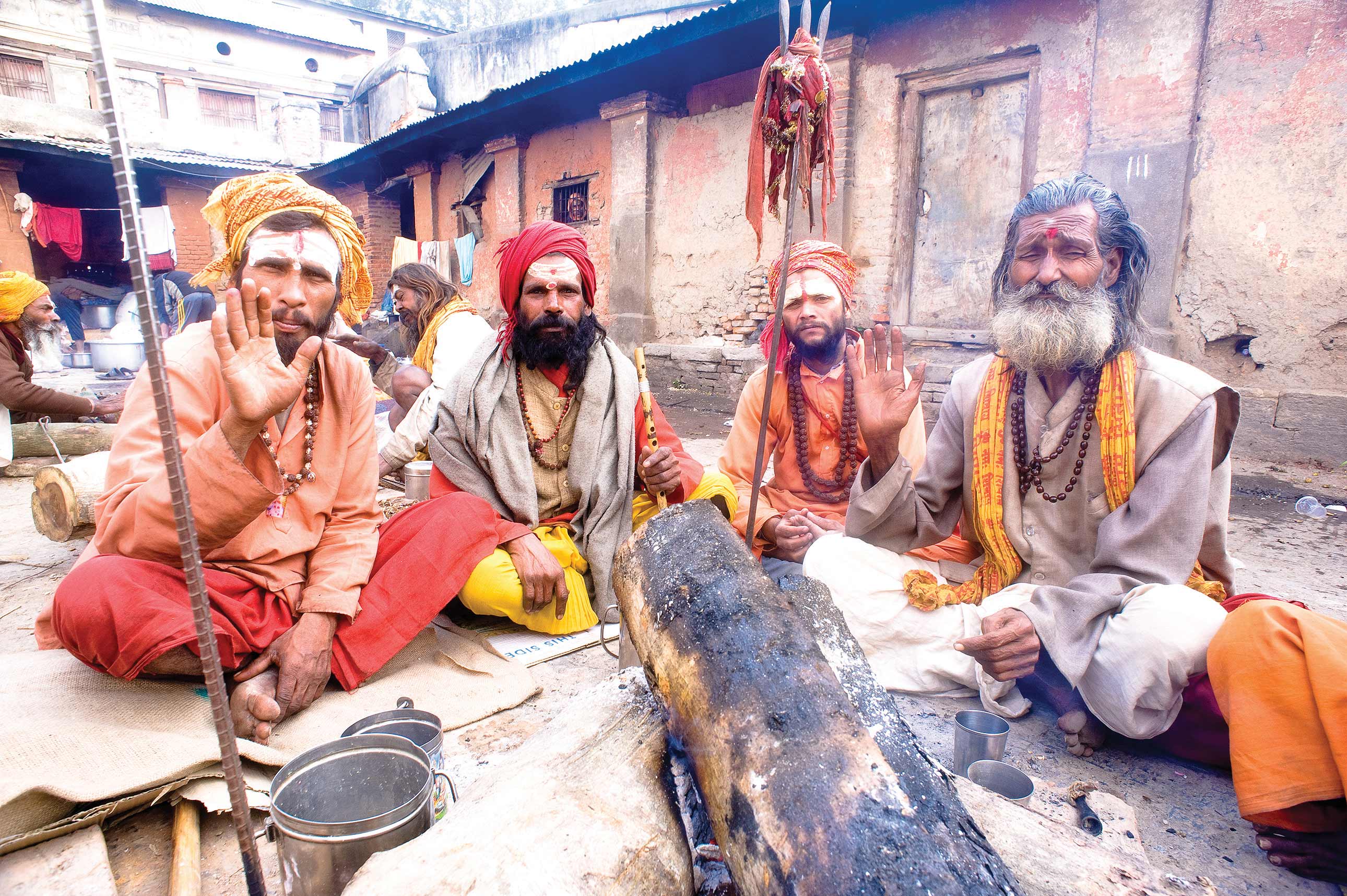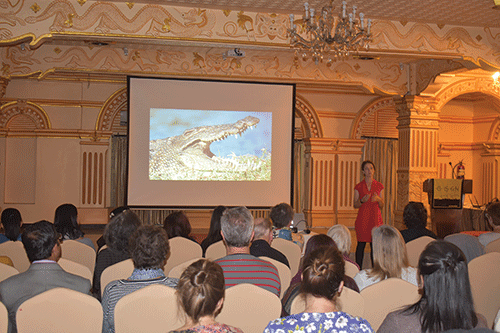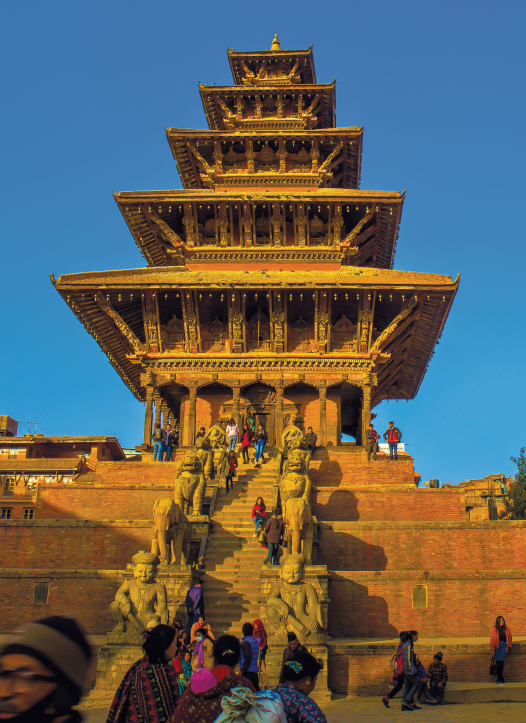There’s a place in Patan, near Kumaripati, where a fire has burned continuously for four-thousand years and more. Sound intriguing, right? However, when you come to know the name of this shrine, you’ll rather say that it is as should be.
Folks in Nepal, as you may well know, are a pretty religious lot, not to say superstitious, and there are many places in Patan where they go to have ailments, big and small, treated by shamans and priests. While the former are apt to use tantric methods, the latter are more focused on the graha dashas (planetary configurations) of their patients. That is not to say that shamans do not do so, too, but there’s much more in their ways of healing methods than the priests’.
Anyway, the shrine with the everlasting fire, that’s also where people go to minimize/combat/turnaround unfavorable graha dashas, which actually can happen to anybody, and at any time. Nevertheless, if you delve deeper into it, you’ll find a lot happening out there in space during certain years/periods, and during eclipses and so forth. The Nepali calendar is a lunar calendar, so anything to do with the waxing and waning of the moon also influences graha dashas.
Fact of the matter is, many people believe that their graha dasha influences their health, career, and fortune. So the fire shrine mentioned above holds great importance for them, since at very little cost, and with not much fanfare, they can have their graha dashas corrected. So, what do they do at the fire shrine for this to happen?
According to an attending priest, “All they need to do is to bring some teel (black sesame seeds), jaun (barley), and ghee. Then, we conduct a small hom (fire ritual) in their name, and that’s it.” Whatever the science or the reasoning behind it, it can be said that for those who believe, faith is powerful medicine, and more peace of mind arising thenceforth a definite aid to the healing process. Anyway, like mentioned, there’s not much of a sacrifice involved, so that itself makes it worth trying, right? As easy a way as any to delve into the esoteric.
There are five fire altars (kundas) in this shrine— Vishnu Kunda, Shiva Kunda, Brahma Kunda, Savya Kunda, and Surya Kunda. One will always find flames dancing on the Vishnu Kunda. As for the other altars, fires are lit during the daily worship (nitya puja) in the morning and evening. The shrine is attended to by priests from the clan of Rajopadhayas, with the head priest known as the Agnihotri. As a matter of interest, they are also the priests in most other temples in the valley. They inhabit some localities in Patan.
The temple is especially busy on Maghe Sankranti (Magh: Jan/Feb), a spring-welcoming festival, and Buddha Jayanti (Baisakh: April/May) birthday of Lord Buddha. As for the kinds of fire rituals conducted at the shrine, there are quite a few. Two examples being: Nava Graha Pooja (ritual to appease the nine planets) and Jogini Graha Pooja (to appease the nine goddesses). You should also know that different planets at certain periods can have negative influences, with Sani (Saturn) being quite in the limelight, and so, homs are also done to minimize their effects.
Wait, where are you rushing off to? Oh, you too want the negativity out of your life, do you? Okay, but please know that the rituals start at seven in the morning, and yes, don’t forget the teel, the jaun, and the ghee.










